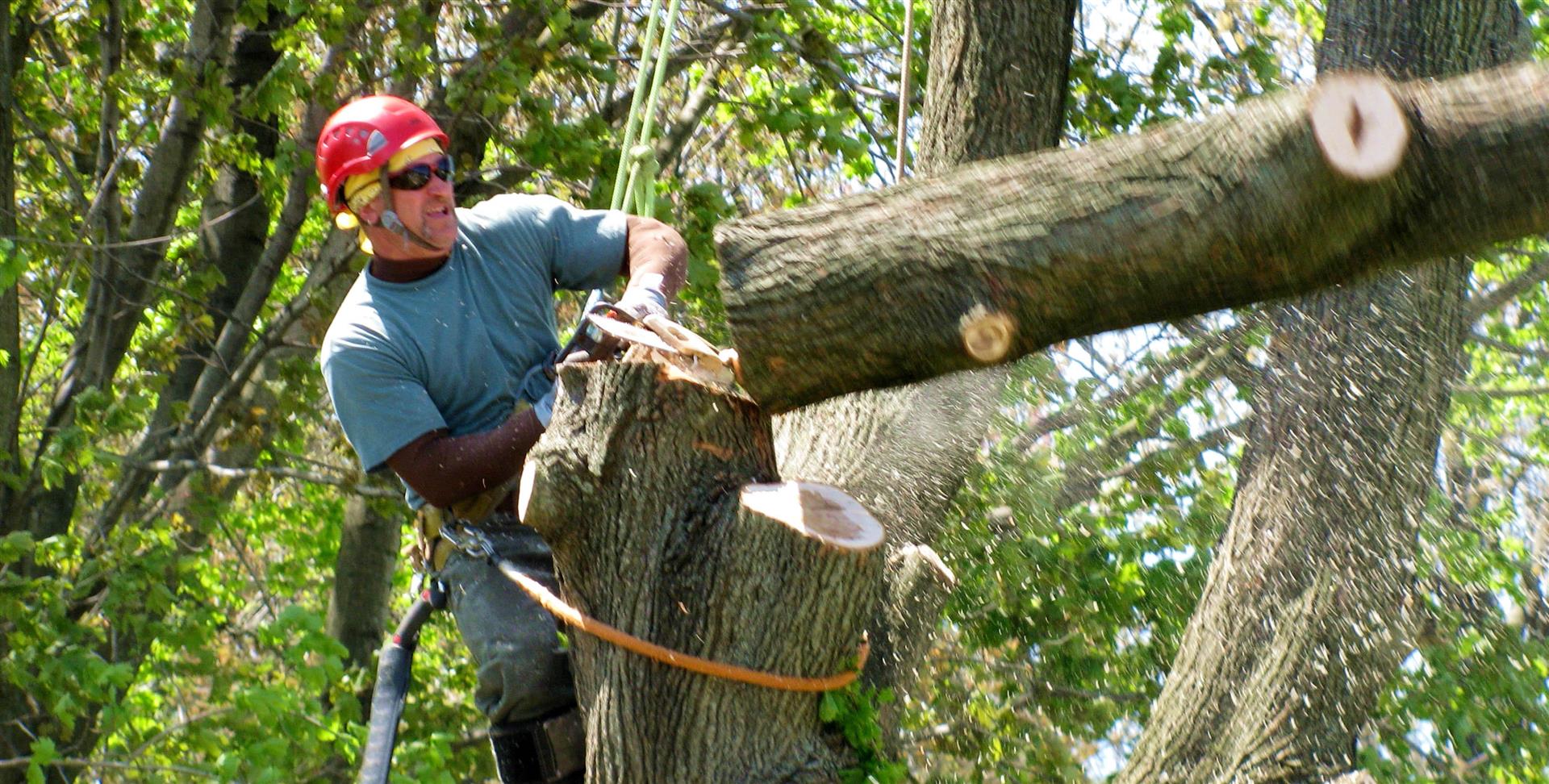Floor refinishing is a meticulous process that requires attention to detail and precision to achieve flawless results. While machine sanding plays a significant role in smoothing surfaces and preparing them for finishing, hand sanding provides the finishing touch that elevates the quality and aesthetics of the final product. In this blog, we explore the importance of timber floor polish and why it’s considered a critical step in the restoration process.
Understanding Hand Sanding in Floor Refinishing
Hand sanding involves manually smoothing wood surfaces using sandpaper or sanding blocks. Unlike machine sanding, which is efficient for initial surface preparation, hand sanding allows artisans to address intricate details, hard-to-reach areas, and subtle imperfections that machines may overlook. It requires patience, skill, and a keen eye for precision to achieve uniformity and smoothness across the entire surface.

Advantages of Hand Sanding
Precision and Control: Hand sanding gives artisans greater control over the sanding process, allowing them to adjust pressure, angle, and direction based on the condition of the wood and desired finish. This level of precision ensures consistent results and minimises the risk of over-sanding or creating uneven surfaces.
Refinement of Surface Texture: Hand sanding enables artisans to refine the surface texture of wood, removing fine scratches, swirl marks, and blemishes that may remain after machine sanding. By using progressively finer grits of sandpaper, they can achieve a smooth, satin-like finish that enhances the natural beauty of the wood grain.
Detail Work and Edges: Hand sanding is particularly effective for detailing work and smoothing edges, corners, and tight spaces where machine sanders cannot reach. This attention to detail ensures that every part of the floor receives equal treatment, resulting in a cohesive and professional-looking finish.
Preservation of Character: Hand sanding allows artisans to preserve the character and integrity of the wood, especially on antique or historic floors where delicate features and patina must be retained. It enables them to remove surface imperfections while maintaining the unique charm and personality of the wood.
The Hand Sanding Process
The hand sanding process typically begins after machine sanding has been completed. Artisans start with coarser grit sandpaper to address any remaining imperfections and unevenness on the surface. They then progress to finer grits, gradually smoothing the wood and achieving the desired level of smoothness and sheen.
During hand sanding, artisans use various techniques, including circular motions, straight strokes, and cross-grain sanding, to ensure thorough coverage and uniformity. They frequently inspect the surface for flaws and imperfections, adjusting to achieve a flawless finish.
Conclusion: The Finishing Touch
In conclusion, hand sanding is an essential and often overlooked aspect of floor refinishing that separates ordinary results from extraordinary ones. It allows artisans to refine and perfect the surface texture, preserve the character of the wood, and achieve a level of precision and control that machines cannot replicate. Whether it’s restoring antique hardwood floors or refinishing modern installations, the art of hand sanding adds the finishing touch that transforms ordinary floors into works of art.





